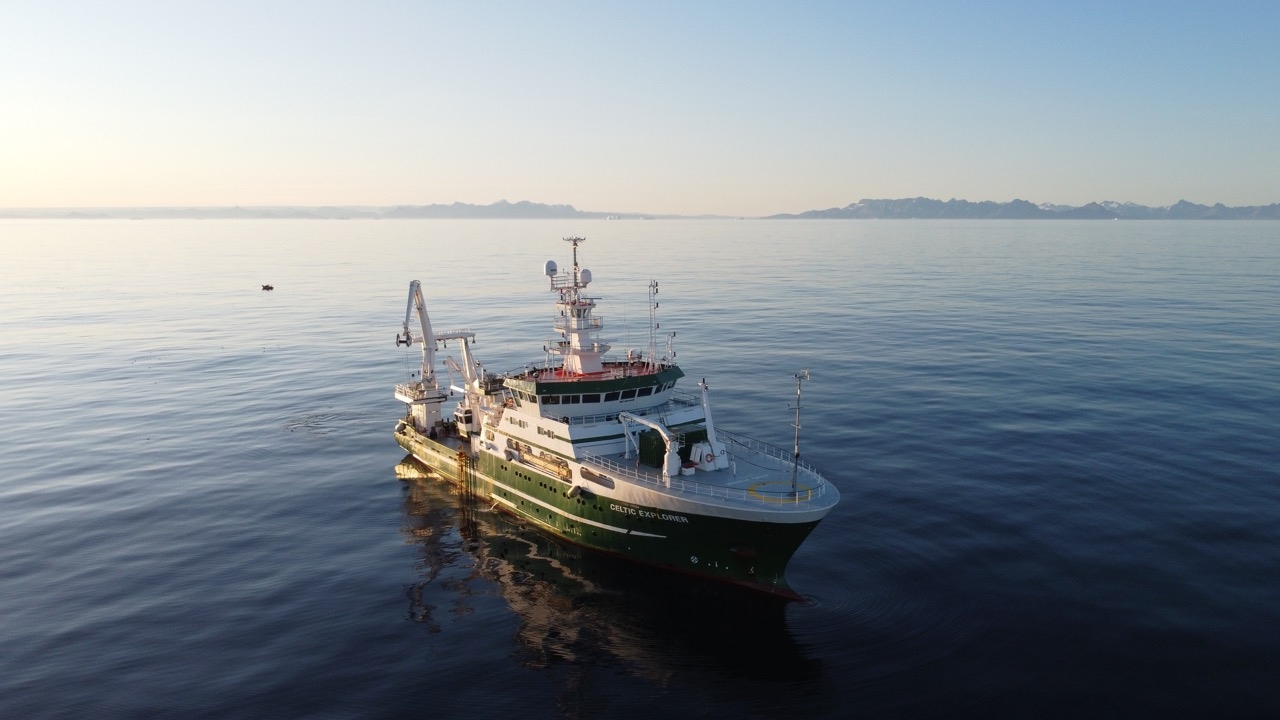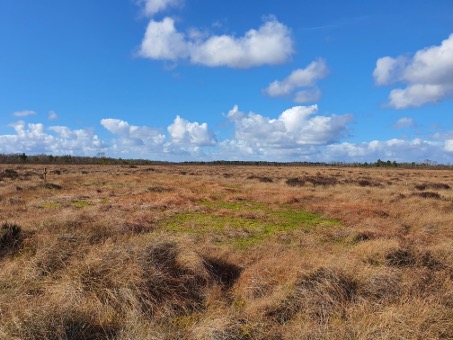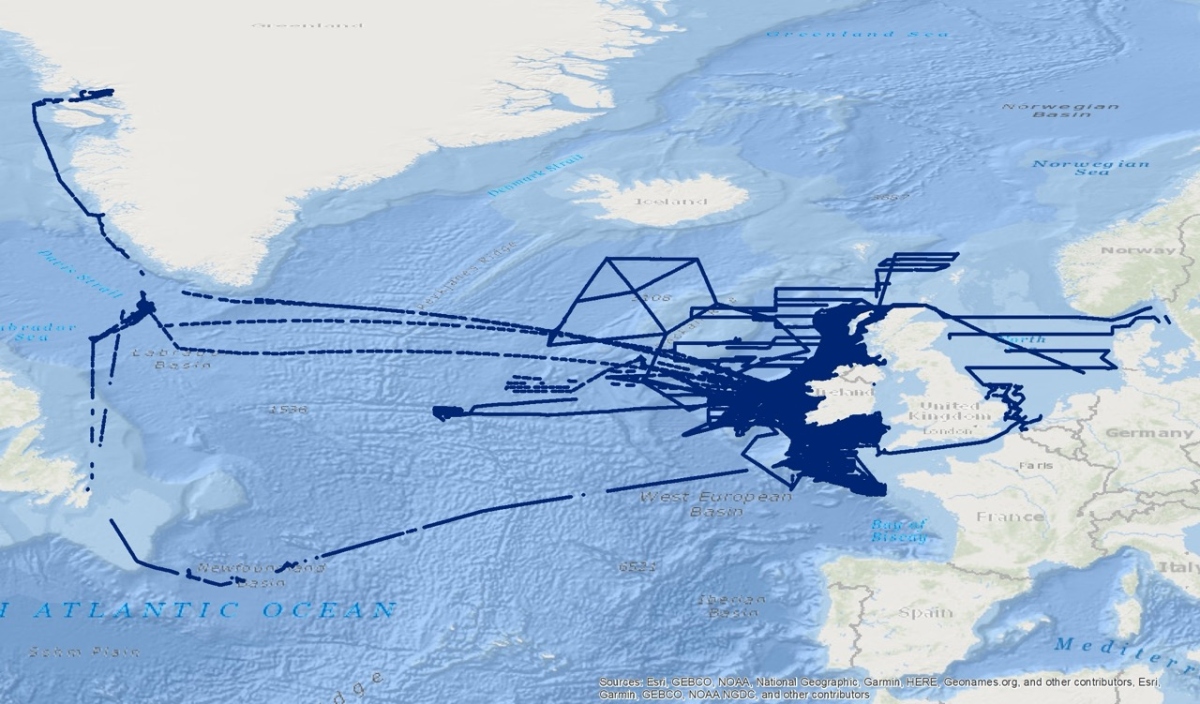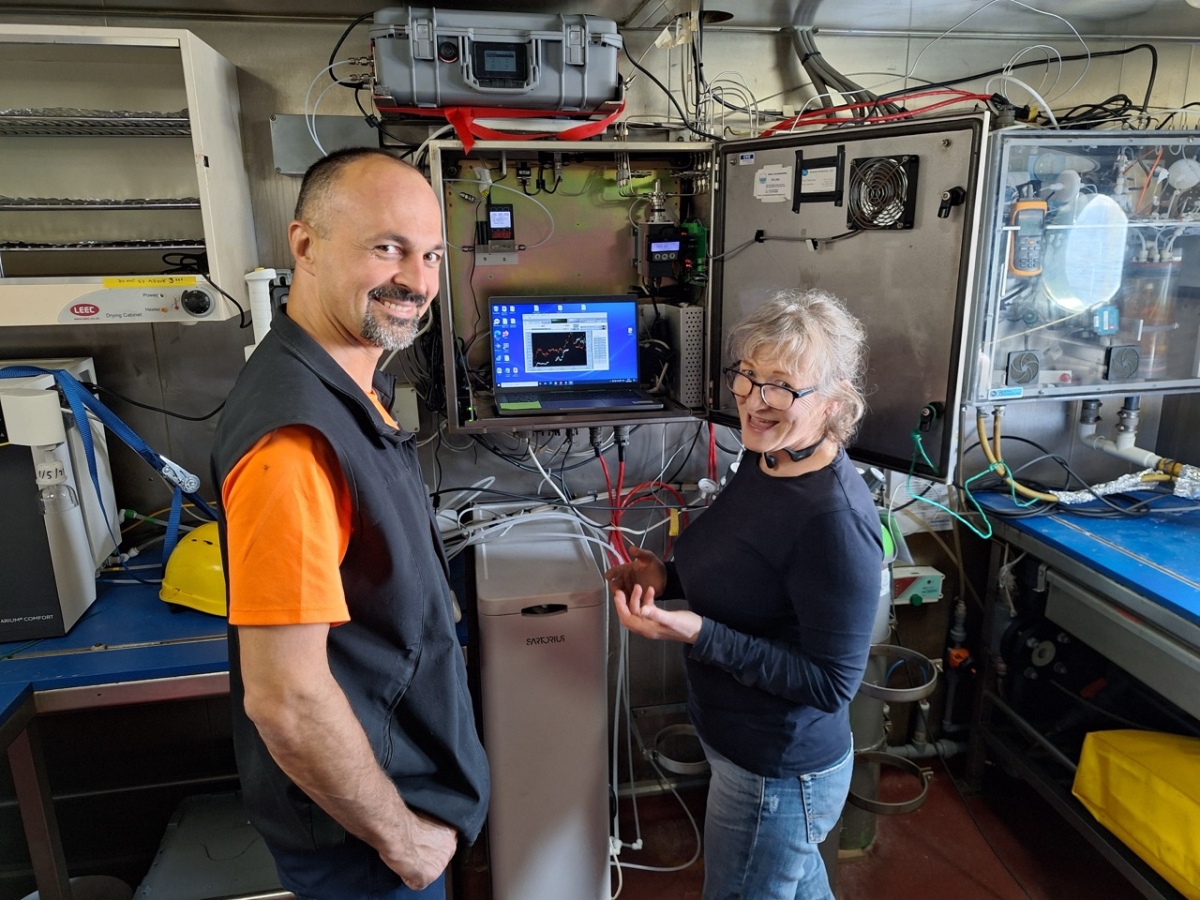
After passing a rigorous quality assurance process, six new measurement stations have received the status of an ICOS labelled station. The station labelling was confirmed by the ICOS General Assembly on 22 May 2025. The newly certified stations are located in Ireland, Germany and Sweden.
After the six new labels, 143 out of the 178 ICOS stations have been certified for greenhouse gas measurements. Station labelling is one of the ways ICOS keeps the quality of its data high and ensures its usability in climate research. To receive the label of a standardised greenhouse gas measurement station, all ICOS stations have to pass a demanding standardisation and quality control programme.
Station labelling starts with a formal application that also needs approval by the national government. The station can apply for the label of Class 1 station, Class 2 station, or in the case of ecosystem stations, an Associated station label. You can read more about the process here.
Below is a more detailed look into three newly labelled stations: Clara Raised Bog Ecosystem station, R/V Celtic Explorer Ocean station and Östergarnsholm Ocean station. Congratulations to all the station staff and the host institutions for their excellent work!
Clara Raised Bog offers opportunities for research on peatland ecosystems
Ireland joined ICOS in 2023, and started the process to receive the ICOS label for their stations. This May, hard work paid off for two ICOS Ireland stations which were granted the ICOS label as first in the country.
One of them is the Clara Raised Bog station, operated by Trinity College Dublin and the National Parks and Wildlife Service and is situated within the Clara Bog Nature Reserve, approximately two kilometres from the town of Clara in central Ireland.

The site is protected under a number of national and international designations including National Nature Reserve, a Special Area of Conservation, Ramsar Wetland Site and Natura 2000, and comprises a bog complex approximately 400 hectares in size that is divided into two distinct units by a road. The ICOS tower is located on the western side of the bog that exhibits a diversity of ecotopes that reflect the vegetation of raised bog ecosystems, but also has extensive areas of active raised bog (ARB). An Active Raised Bog is a type of peatland that continues to accumulate peat through the growth of waterlogged, peat-forming vegetation such as Sphagnum mosses.
“The ICOS tower at Clara provides important information on how the peatland responds to climatic variability. By better understanding the impacts of changing hydrology on the processes that drive carbon, greenhouse gas and water exchange, we can assess their vulnerability or resilience to climate change and further inform how rehabilitation activities might protect these significant carbon stores into the future”, says Matthew Saunders, Principal Investigator of Clara Raised Bog.
Learn more about the Clara Raised Bog station.
R/V Celtic Explorer Ocean station collects data in the North-East Atlantic
The research vessel R/V Celtic Explorer, operating in the North-East Atlantic, is owned by the Irish state and operated by the Marine Institute of Ireland. The vessel entered service in 2003, and in 2017, a pCO₂ system was installed onboard.
At least eight Ship-of-Opportunity (SOOP) lines are included in the ICOS network, collecting data from different parts of the Atlantic Ocean. The R/V Celtic Explorer contributes to this network by enhancing coverage in the North-East Atlantic, particularly the European shelf seas and Atlantic waters to the west of Ireland.
“It is vital to observe and understand the ocean CO2 sink to predict how the sink will respond in a changing climate. The RV Celtic Explorer provides high quality underway sea surface and atmospheric CO2 data, greatly extending sampling coverage in a key area of the European Shelf and North Atlantic”, says Margot Cronin, one of the PIs of the R/V Celtic Explorer.
Learn more about R/V Celtic Explore.


Östergarnsholm station represents an integrated ecosystem-ocean station
The Östergarnsholm station is located to the east of the Swedish island of Gotland in the Baltic Sea. Managed by Uppsala University, the station consists of an ocean mooring deployed 1 km off the small island of Östergarnsholm and complementary observations in the nearby flux tower.
In addition to the ocean station, Östergarnsholm includes an Associated Ecosystem station, which consists of a flux tower equipped with instruments for terrestrial and atmospheric measurements. Another example of this type of station is the Tvärminne station in Finland.
“We provide continous observation with relatively high temporal resolution. This is a key to understand the complex Baltic Sea carbon cycle where the air-sea carbon flux shows a great seasonal cycle. The complementary ETC flux tower provides a broader picture on the air-sea fluxes and the controlling environmental parameters”, says Anna Rutgersson, PI of Östergarnsholm station.
Read more on the day-to-day work at Östergarnsholm in our feature story here (published in 2022).
Learn more about Östergarnsholm here.
Stations that received the ICOS label on the 22nd of May, 2025
Warm congratulations to the personnel working at the stations as well as to the institutes responsible for them!
Associated Ecosystem Station Clara Raised Bog (IE-Cra)
Country: Ireland; Responsible institution: National Parks and Wildlife Service; Station PI: Matthew Saunders. T
Associated Ecosystem Station Fendt (DE-Fen)
Country: Germany; Responsible institution: Karlsruhe Institute of Technology; Station PI: Hans Peter
Schmid.
Associated Ecosystem Station Graswang (DE-Gwg)
Country: Germany; Responsible institution: Karlsruhe Institute of Technology; Station PI: Hans Peter
Schmid.
Associated Ecosystem Station Östergarnsholm (SE-Oes)
Country: Sweden; Responsible institution: Uppsala University; Station PI: Anna Rutgersson.
Class 2 Ocean Station Celtic Explorer (IE-SOOP Celtic Explorer)
Country: Ireland; Responsible institution: the Marine Institute of Ireland; Station PIs: Margot Cronin and
Evin McGovern. .
Class 2 Ocean Station Östergarnsholm (SE-FOS Östergarnsholm)
Country: Sweden; Responsible institution: Uppsala University; Station PI: Anna Rutgersson.